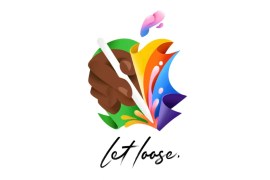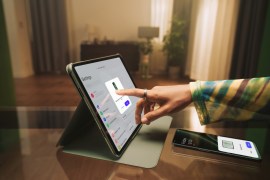Android Marshmallow can beat Apple iOS 9 – and here’s how
Now it's got a name, here's what Google's baby needs for OS domination
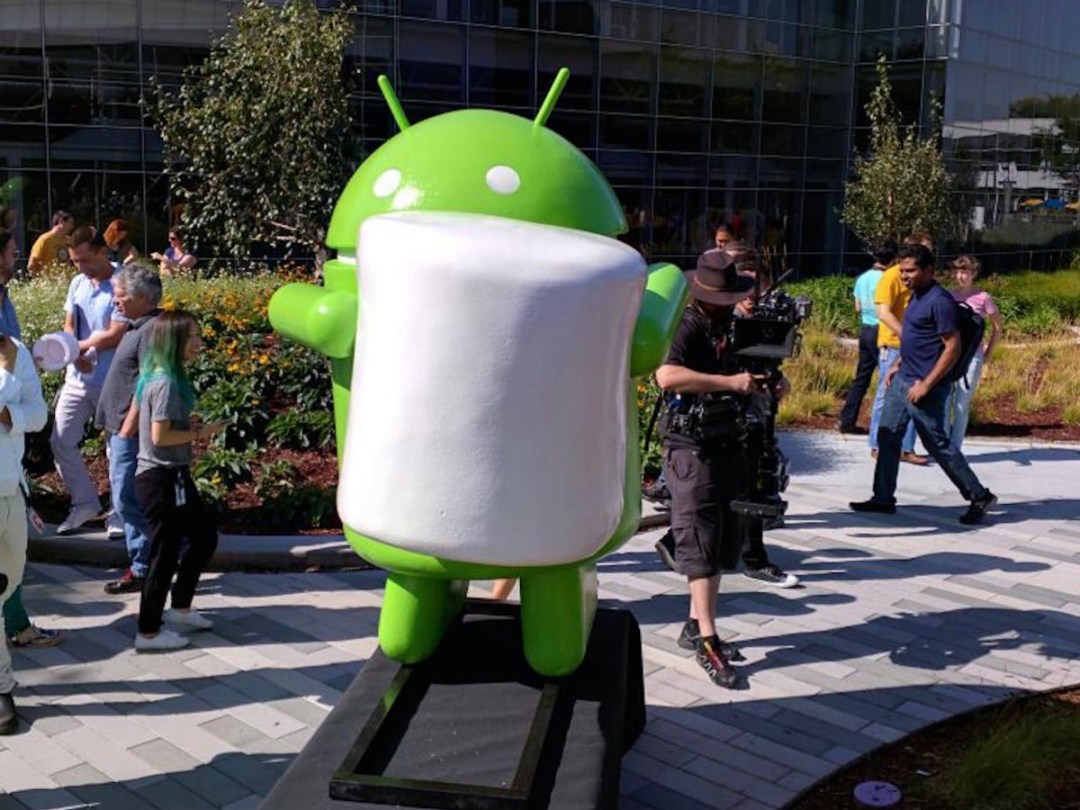
Apple’s iOS, despite not deigning to gift its users anything close to the customisation options which have been at the core of the Android OS from day one, still manages to rake in huge sales and rack up mass press coverage of its latest features – no matter how long Android has already been quietly packing them into its software.
Perhaps, then, Marshmallow’s greatest feat would be to blow its own trumpet just a little louder: as Apple is set to unveil split-screen multitasking on its iPad Mini 4 and improved search skills, Google’s baby needs to heckle from the rooftops about Google Now’s supercharged upgrade to take the fight to Siri, and its Pay functionality, which doesn’t tie users in like a first-grade puppeteer.
But beyond marketing speak and techno-babble, what should Android 6.0 Marshmallow be doing substantively to ape Apple’s next iOS release?
Light and slight wins the race
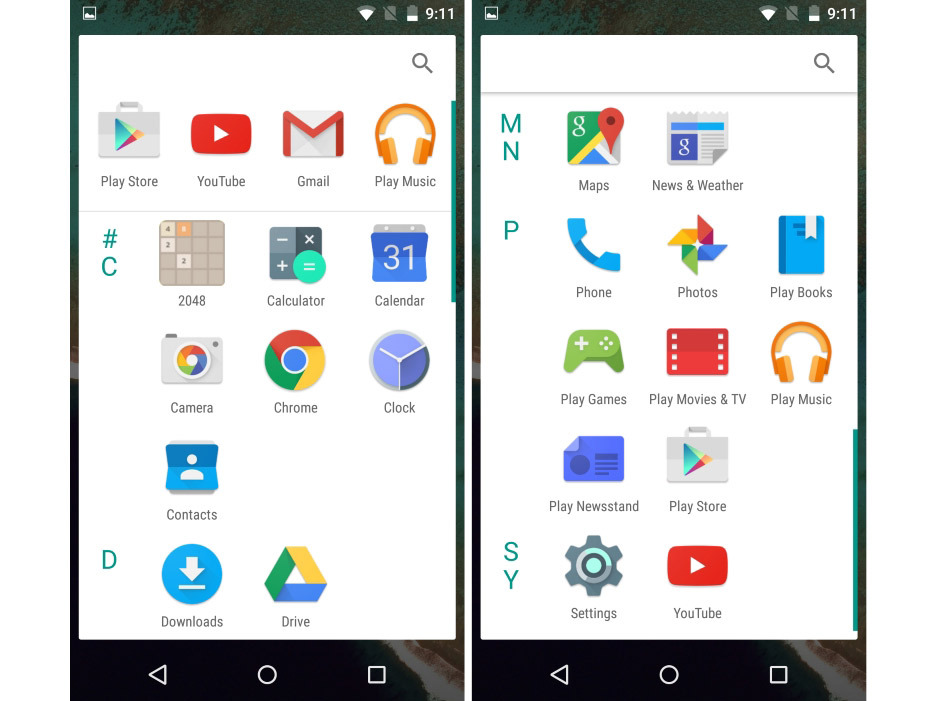
Android’s next iteration will be number 6.0, suggesting the changes to the formerly left-field software offering will be substantial.
With Android 5.0 Lollipop, we were gifted a beautifully fluid and light interface, something previously associated almost exclusively with iOS (despite its lack of home screen adaptability).
Though beauty may indeed be more than skin deep, a continued trend along the same lines would not go amiss: making Marshmallow (despite its confectionary namesake) lighter and slicker than ever would go a long way to keeping Android ahead of the pack in terms of usability.
One of the few things which Windows’ mobile OS really nailed from the outset was its clutter-free running, which enabled it to operate snappily on almost any hardware, and this has been something picked up of late by the mainstream manufacturers.
With news that the dark theme has disappeared, status bar icons will be customisable and a new app drawer unveiled, it seems Android may well have stayed on point with Marshmallow.
Android might not have the same perceived sexiness, for whatever reason, as iOS, but acquiring a similar reputation to Windows as a slick-running mobile machine could well do the trick as users grow ever-more tired of the shackles Apple continues to place on upon them, leaving them widgetless and craving a proper apps list.
Keep your cash › The 35 Best Free Apps for Android
Own-brand brilliance
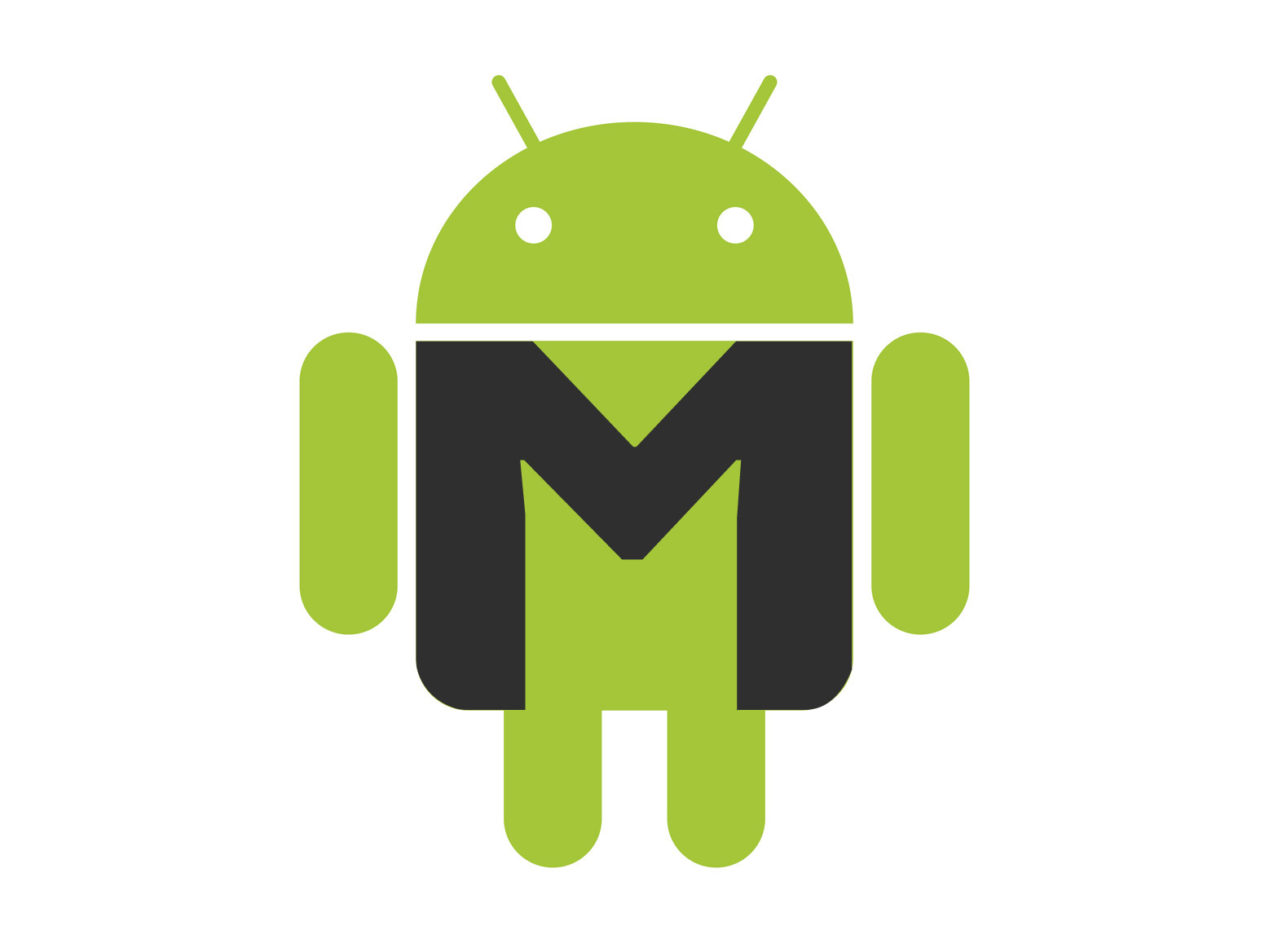
That said, part of the reason Apple is able to fend off the advances of leftfield offerings like the OnePlus One, running shelled Android, is that the suite of own-brand apps it offers are nigh-on seamless.
Having always taken a distrustful (at best) approach to third-party developers, Apple has long known the value of a sleek package of core programs, from its earliest Mail and Stocks apps to later additions like Find My iPhone, Health, iCloud and its Office-equivalent, iWork.
To these, Android has previously struggled to hold a candle. One of the key difficulties, as ever, is that, apart from devices running stock Android (like Nexus-branded hardware), there’s no knowing how the software will be wrapped by manufacturers and which apps will be packaged with it.
Ditch your wallet › Mobile payments explained
Lollipop, alongside individual advancements of particular Google apps, saw this change to an extent, with Google marketing its software suite more successfully as it implemented makeovers to Gmail, Maps, Docs and their brethren, as well as the introduction of Fit and Wallet.
One answer, then, could be to create a larger core of Android apps which are non-removable and guarantee a certain level of user experience for consumers. However, this could well threaten to cut across manufacturers’ own branding and development strategies based on the open source software – though news of the introduction of visual voicemail suggests a step in the right direction.
For Marshmallow, then, as a software package alone it’s a hard sell alongside the homogenised iOS. All the developer can hope is that Android’s functional transparency and operational customisation options continue to be attractive enough, if it isn’t able to promise a concrete core of consumer apps.
Smart under its skin
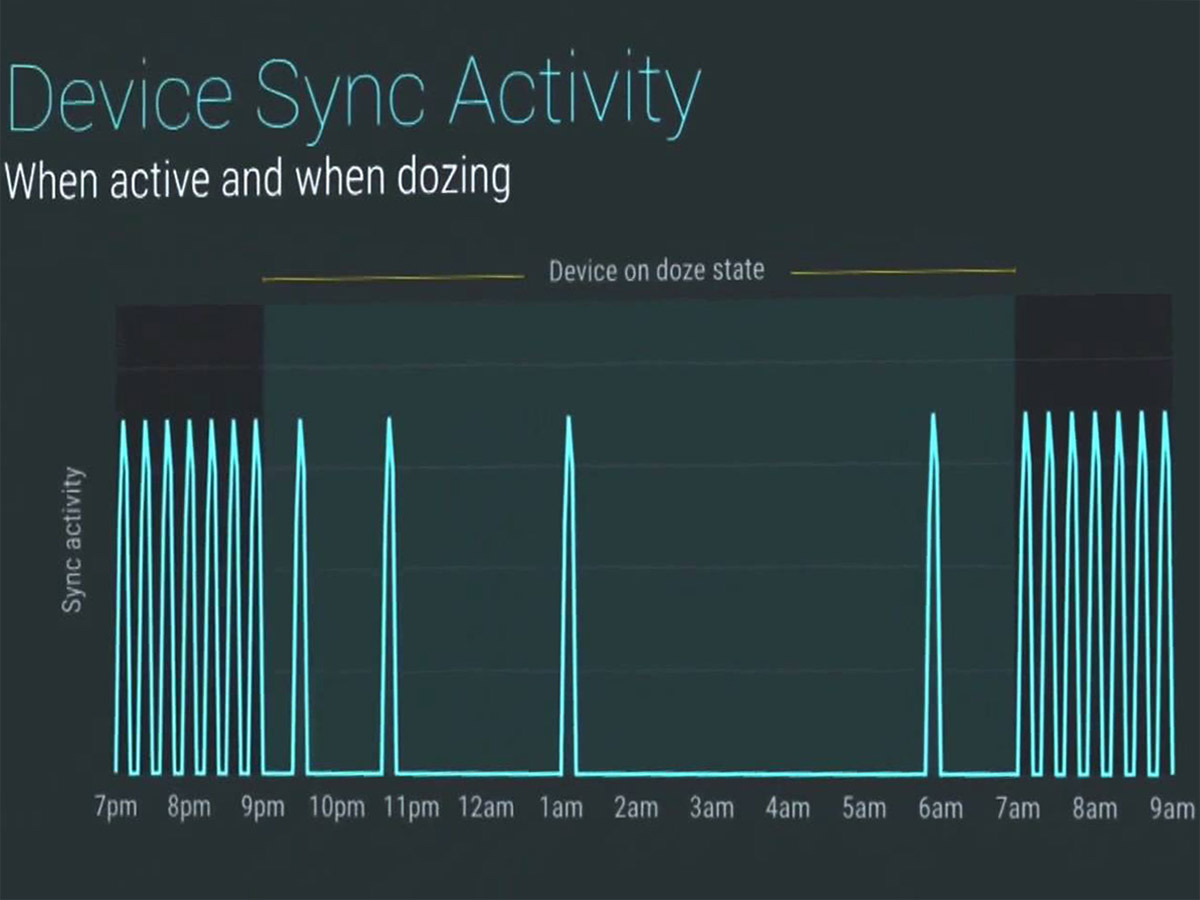
Apps aside, perhaps the greatest coup for Android Marshmallow would be to deliver an operating system which made phones truly smart – and it looks like that could be on the cards.
Features like Doze, using your device’s sensors to determine whether or not it’s being used and adjusting background processes accordingly to save power, take software from neat trickery to genuinely useful and usable interfaces.
Where things like facial unlocking were never quite nailed by Android, tricks that are so well implemented that users forget they exist and actually work, seamlessly (a bit like fingerprint unlocking on iOS devices with appropriate sensors), could be the key to success.
So, with news that the latest guise of Android will be heavily focused on biometric security from its core, together with a general focus on enhancing usability and battery life, if Android’s developers can bring to market an OS which is both more secure and easier to use, whilst also more efficient, the fight will still be on.
Low-end, high-brand › Google’s plan for £20 smartphones
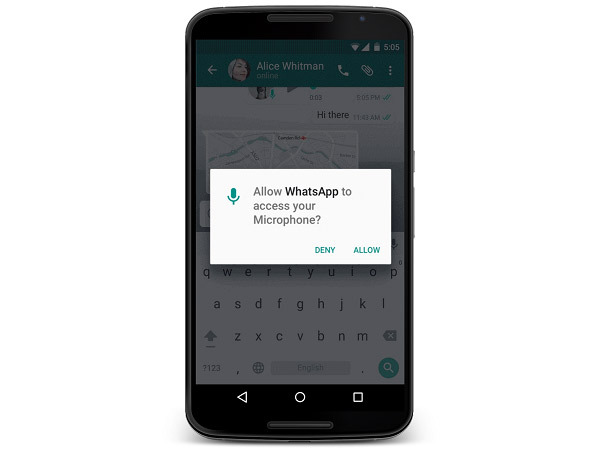
Alongside that, the option to delve deeper under the hood (something iOS has never truly offered) represents another opportunity for Marshmallow to outperform Apple, and reports indicate 6.0 will offer a RAM manager, a makeover to storage management, and greater and simplified control over individual app permissions (such as one-time requests to access the camera or microphone).
Interaction options that we’ve seen on Moto devices in recent years could also do well to be implemented as stock on Android, such as quick device flips to open certain apps, an always-listening digital assistant, and the like.
Essentially, the goal is what it’s always been: a homogeneously implemented software ecosystem, with apps seamlessly linked to NFC payments to improved web browsing to relevant settings.
Clever at its core
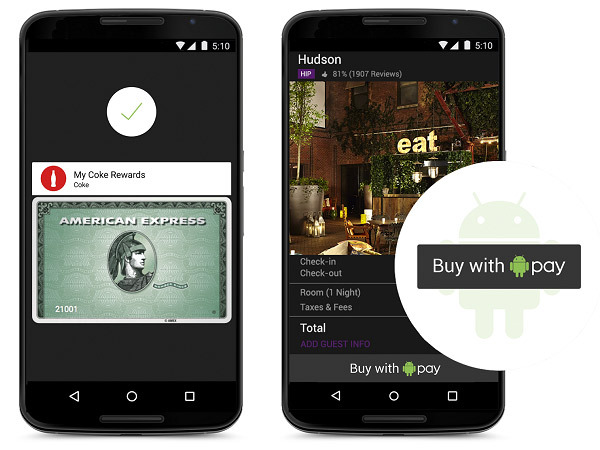
All that being said, Android has been batting in the big leagues for a number of years: brand loyalty is at an all-time low, and the importance and distinctiveness of software over hardware and physical branding is waning.
Perhaps, with that, Android is cursed by its own open-source existence: its position as a foundation for millions of handsets worldwide contingently means attempts at a premium position are persistently blighted, and it’s less associated with particular devices (given the amount of bloatware often pinned upon it).
If Android can, then it should build a stronger core of bundled apps, functionality and user interfacing, to develop its brand beyond that little green bot. Developing relationships with manufacturers whereby they feel more comfortable packing stock Android as a proper premium OS would be a bold first step.

